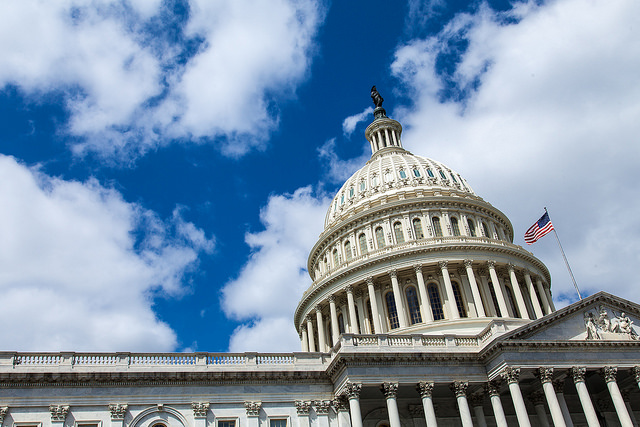
Adherents of Americans for Tax Reform are sure to recognize some of the more important moments in the history of American tax policy. Readers are sure to be familiar, for example, with the ratification of the 16th Amendment in 1913, which allowed for the creation of a federal income tax. Starting off in 1913, income taxes were, by modern standards, incredibly low, with a top income bracket of 7% for those individuals earning more than $500,000 per year. In 2013 dollars, that would be the equivalent of a maximum 7% income tax rate for people earning $11,595,657 or more. At that time, the tax code was only 400 pages in length – an easy read for anyone who cared to put in the time.
So what changed? How did we end up with the 75,000 page regulatory behemoth that rears its ugly head every April to – mentally and financially – exhaust American families? The transformation can be traced back to the Revenue Act of 1917. Now approaching its centennial anniversary, the act sought to finance American involvement in World War I. This ground-breaking legislation ratcheted up tax rates in every income bracket, with a new top tax rate set at 67%. After the war ended, taxes never returned to their pre-war levels, and by 1952, the country’s top earners were paying 92% of their income to the federal government. In addition, the Revenue Act of 1917 introduced a steep “corporate excess profits tax” on companies that made more than 8% of their revenues in profits. In 1917 – 1918, the size of the IRS more than doubled, employing 9,600 workers. Today, 85,000 people are employed by the IRS.
In 1913, arguing against the ratification of the 16th Amendment, Virginia delegate Robert E. Byrd predicted:
A hand from Washington will be stretched out and placed upon every man’s business; the eye of the Federal inspector will be in every man’s counting house . . . The law will of necessity have inquisitorial features, it will provide penalties, it will create complicated machinery. Under it men will be hailed into courts distant from their homes. Heavy fines imposed by distant and unfamiliar tribunals will constantly menace the tax payer. An army of Federal inspectors, spies and detectives will descend upon the state . . .
After over 100 years of tax reform, Byrd’s words seem positively prescient. The long arms of the IRS reach into every home and business in America. Today, even the most ardent conservatives can scarcely dream of a 7% tax rate, where once only the nation’s wealthiest would ever be asked to pay such an exorbitant portion of their incomes. If the last 100 years have taught us anything, it’s that tax increases are rarely temporary. It’s time to put an end to the World War I revenue extraction mechanisms that continue to affect American households to this day.
Simplify the tax code. Lower the tax burden. Reign in the IRS.

